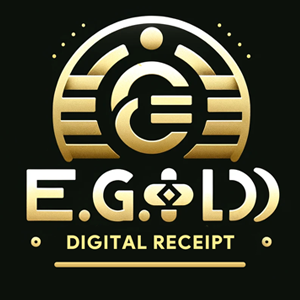
Gold has been a symbol of wealth and beauty for centuries, and with its ever-increasing value, it's no wonder people want to ensure the authenticity of their gold items. Whether you’ve inherited some gold jewelry, purchased coins, or simply found a piece you suspect could be real gold, it’s essential to verify its authenticity. While a professional jeweler’s test might be your go-to option, there are several simple and effective methods to test gold at home.
In this guide, we’ll walk you through easy ways to test gold, explain the tools you'll need, and highlight the pros and cons of each method. From magnet tests to acid tests, you’ll learn how to determine if that shiny piece of metal in your possession is the real deal!
Table of Contents
- Why Test Gold at Home?
- What Tools Do You Need to Test Gold at Home?
- Magnet Test
- The Density Test
- The Nitric Acid Test
- The Scratch Test
- The Ice Test
- The Sound Test
- Common Mistakes to Avoid When Testing Gold at Home
- Final Thoughts on Testing Gold at Home
Why Test Gold at Home?
Gold is one of the most valuable metals in the world, and its demand for use in jewelry, electronics, and investment means that there are plenty of counterfeit products circulating in the market. Knowing how to test gold at home can save you time, money, and disappointment. Testing gold helps you ensure that the item you’re buying, selling, or keeping is genuine.
Moreover, being able to test gold at home provides a sense of security and confidence, especially when buying gold online or from unverified sources. Gold is not only precious but also a symbol of stability in uncertain times. So, it’s crucial to confirm its authenticity before making any significant financial decision.
In this guide, we’ll walk you through various methods to test gold at home. Whether you’re dealing with jewelry, coins, or gold bars, these simple and accessible techniques will help you determine if your gold item is real or fake.
What Tools Do You Need to Test Gold at Home?
Before we dive into the testing methods, let’s take a look at the tools you’ll need for testing gold at home. Most of these tools are easy to acquire and relatively inexpensive.
Essential Tools:
- Strong Magnet: Gold is not magnetic, so a magnet can help you identify fake gold, especially if it contains other metals.
- A Scale: To measure the weight of your gold and compare it with the expected weight based on its volume.
- Calipers: These help measure the dimensions of your gold item for density calculations.
- Nitric Acid: This is used for the nitric acid test to confirm the authenticity of gold.
- A Ceramic Plate: For the scratch test, a ceramic plate is used to leave a mark and check if the gold is pure.
- Ice Cube: For the ice test, a simple ice cube will suffice to measure how quickly the gold cools.
- A White Cloth or Towel: This is used for the sound test, to catch any noise when tapping the item.
These tools will allow you to perform multiple tests to determine whether your gold item is real or fake. Now, let’s take a closer look at each of the methods you can use.
Magnet Test
How It Works:
Gold is a non-ferrous metal, meaning it doesn’t respond to magnetic fields. This is the simplest and quickest method to check whether your gold is real.
Steps:
- Use a strong magnet (a refrigerator magnet may not be strong enough).
- Hold the magnet close to your gold item.
- If the item is attracted to the magnet, it is likely not real gold. Most gold-plated or gold-filled items are made of a different metal underneath and will be magnetic.
- If there’s no attraction, the item is likely gold or made of a non-ferrous metal like gold.
Pros:
- Quick and easy.
- No special tools are needed.
Cons:
- This method can’t tell you the purity of the gold.
- Some gold alloys or gold-plated items could pass this test since they’re made from non-ferrous metals.
The Density Test
How It Works:
Gold is denser than most other metals, so the density test compares the weight of your gold item to its volume. This method is effective but requires precise measurements.
Steps:
- Weigh the gold item using a precise scale (in grams).
- Measure the dimensions of the gold item with a caliper (length, width, and height).
- Calculate the volume of the item by multiplying its length, width, and height (for a rectangular object) or use the water displacement method for irregularly shaped items (submerge it in water and measure the displaced water volume).
- Calculate the density by dividing the weight by the volume.
- Formula: Density = Weight / Volume
- Compare the result with the standard density of gold, which is approximately 19.3 grams per cubic centimeter. If your gold's density is significantly different, it may not be real.
Pros:
- Provides a good estimate of the authenticity and purity.
- Can be used on a variety of gold items.
Cons:
- Requires precise measurements.
- Can be difficult for irregularly shaped items.
The Nitric Acid Test
How It Works:
Nitric acid can dissolve most metals, but it does not affect gold. This test can help you determine if your item is gold or another metal.
Steps:
- Place a small drop of nitric acid on a discreet part of the gold item (preferably on a part that's less visible).
- Wait a few moments to see if there is any reaction.
- If the item reacts (turns green or bubbles), it is likely not gold.
- If there’s no reaction, the item is likely genuine gold.
Pros:
- Very effective for confirming gold authenticity.
- Reliable for checking both solid gold and gold-plated items.
Cons:
- Nitric acid is a dangerous chemical and should be handled with care.
- Requires access to nitric acid and safety precautions.
The Scratch Test
How It Works:
The scratch test is a simple and old-fashioned method of checking gold purity. You use a ceramic plate to scratch the surface of the gold, then inspect the mark it leaves.
Steps:
- Find a smooth, unglazed ceramic plate (like a tile).
- Rub the gold item against the ceramic plate with some pressure.
- Check the color of the scratch mark.
- If the scratch leaves a gold-colored streak, the item is likely gold.
- If the streak is dark or metallic, the item may be gold-plated or made of another metal.
Pros:
- Easy to do with common household items.
- Very effective in spotting gold-plated or fake gold items.
Cons:
- Scratching the item could damage it, especially if it's valuable.
- This test doesn't give you an accurate measure of the purity of gold.
The Ice Test
How It Works:
Gold is a good conductor of heat. When you place an ice cube on it, the gold should quickly absorb the cold and cause the ice to melt faster than on other metals.
Steps:
- Place an ice cube on your gold item.
- Watch how quickly it melts.
- If the gold is real, the ice will melt quickly because gold is a great conductor of heat.
- If the gold is fake, the ice will melt more slowly.
Pros:
- Quick and simple.
- No special tools required.
Cons:
- Less accurate than other methods.
- Can only help confirm if the gold is real, not its purity.
The Sound Test
How It Works:
Gold has a distinct sound when struck. This test is a simple way to tell whether an object is solid gold or hollow.
Steps:
- Tap the gold item gently with another metal object (like a small hammer or a metal tool).
- Listen to the sound it makes.
- Real gold produces a clear, ringing sound.
- Fake gold, especially if it’s hollow or made of a different metal, will sound dull.
Pros:
- Fast and easy.
- No need for special chemicals or tools.
Cons:
- The sound test is only useful for certain types of gold items (e.g., coins or small bars).
- It doesn’t provide any information about purity.
Common Mistakes to Avoid When Testing Gold at Home
When testing gold at home, there are a few common mistakes to avoid:
- Over-relying on One Test: No single test is foolproof. It’s best to combine several tests for the most accurate results.
- Not Using Proper Tools: Some methods, like the density test, require precise measurements. Ensure you have accurate tools.
- Using Harsh Chemicals Without Protection: Always wear gloves and protective eyewear when handling acids or chemicals.
- Testing Items That Aren’t Gold: Make sure the item is actually made of gold before conducting any tests.
Additional Methods for Testing Gold at Home
While the previously discussed tests are among the most common and reliable, there are a few more methods you can explore if you want to take extra steps in confirming the authenticity and purity of your gold.
Gold Testing Kits: Comprehensive at-Home Solution
If you're looking for a more thorough approach to testing gold at home, a gold testing kit might be a good investment. These kits often include a set of acids for various karat levels (10K, 14K, 18K, 22K, and 24K), a scratching stone, and even a magnifying glass to help you inspect your gold.
How to Use a Gold Testing Kit:
- Scratch the Item: As with the scratch test, lightly scratch your gold item on the provided stone to create a visible mark.
- Apply the Testing Solution: Using the appropriate acid from your kit, apply a drop to the scratch mark.
- Observe the Reaction:
- If the mark dissolves or changes color, the gold item is of lower purity.
- If the mark stays intact, the purity of the gold is close to the acid's indicated level.
Pros:
- Accurate and specific to different karat levels.
- Many kits come with detailed instructions, making them easy to use.
Cons:
- Can be a bit more expensive than the other home testing methods.
- Requires careful handling of chemicals, so follow the safety guidelines.
Gold testing kits offer one of the most reliable ways to determine the purity of your gold without needing a professional.
X-Ray Fluorescence (XRF) Testing: For Advanced Users
X-ray fluorescence (XRF) testing is the most precise method to test gold for both authenticity and purity, but it’s generally used by professionals. This method uses X-rays to analyze the composition of your gold and determine its exact karat value. While this method isn’t available for most home users, some advanced jewelry enthusiasts may seek out portable XRF machines.
How It Works:
- The device emits X-rays, which interact with the atoms in the gold. This results in a unique fluorescent signal that is analyzed to determine the composition of the material.
Pros:
- Extremely accurate and can test even thin layers of gold.
- Provides a detailed breakdown of other metals present in the item, such as silver, copper, or nickel.
Cons:
- Expensive and typically out of reach for the average consumer.
- Requires special equipment and knowledge.
If you're dealing with high-value gold items, and you need absolute certainty regarding the purity, consulting with a professional who has access to XRF technology is a good option.
Understanding the Limitations of Home Testing
While home testing methods can give you a good indication of whether an item is real gold, they may not be 100% foolproof. Here are a few limitations to keep in mind:
Accuracy of Tests
Many at-home gold tests provide approximations of authenticity or purity but can be influenced by factors like:
- Gold alloys: Some gold items are made from gold alloys, which are mixtures of gold and other metals. These alloys can change the results of the density and acid tests.
- Plating thickness: In gold-plated items, the layer of gold is often thin, making tests like the scratch test more likely to show non-gold underlaying metal. Similarly, some gold-filled items have more gold than gold-plated ones but still require professional assessment for true value.
Risk of Damaging the Item
Some tests, especially the scratch test, could potentially damage valuable gold items. For high-value jewelry or coins, you might prefer using gentler methods (like the magnet test) to avoid any harm. If you must scratch the item, ensure you choose an inconspicuous area.
Inaccuracies in DIY Kits
Gold testing kits are more reliable than some home methods but can still have minor inaccuracies, especially if the acids are old or not stored correctly. To ensure accuracy, always check the expiration date of your testing kit and handle the components with care.
When Should You Seek Professional Help?
While you can perform a range of tests at home, there are times when it’s best to seek professional expertise. Here are a few instances when professional testing is necessary:
- High-Value Items: If you suspect that your gold item is of high value (like gold bars, rare coins, or designer jewelry), it’s better to have it professionally assessed for both authenticity and purity.
- Inconclusive Results: If home tests give mixed results, or if you're unsure of the methods, a professional jeweler can offer a definitive answer.
- Gold Investments: If you're buying or selling gold as an investment (such as bullion or large amounts), professional testing ensures the transaction is legitimate.
Jewelry stores, pawn shops, and assay offices often have the necessary equipment (like XRF machines) to accurately test gold for purity and authenticity. While you’ll have to pay for this service, it gives you peace of mind when handling valuable items.
Final Thoughts on Testing Gold at Home
Knowing how to test gold at home is an invaluable skill, whether you are buying, selling, or simply evaluating items you already own. By using methods like the magnet test, density test, nitric acid test, or scratch test, you can gain confidence in the authenticity of your gold without needing to visit a jeweler. For those looking for even more accuracy, gold testing kits and XRF testing offer a higher degree of precision.
However, remember that while these tests can provide valuable insights, they are not always foolproof. If you're ever in doubt, or if the gold is of significant value, it’s always best to consult a professional who can give you an exact reading of your item’s purity.
With the right tools and techniques, you can feel assured that your gold is genuine or make informed decisions when buying or selling gold in the future. So, whether you’re an investor or simply an enthusiast, testing gold at home can empower you to make better, more informed choices in your gold-related ventures!
NOTE
This Content is the copyrighted content of EE.GOLD. All rights are reserved. You are welcome to share or use our content only by including direct links to our website. Any other form of reproduction, distribution, or use without proper attribution is strictly prohibited.
This Content is intended solely for educational purposes. The information provided does not constitute financial or investment advice.
Please note that Digital Storage Receipt, Secure Storage Solutions, and Physical Gold Sales are the only services offered by EE.GOLD.
We strictly adhere to government regulations and are firmly against all illegal financial or investment activities globally.
For further inquiries, feel free to contact us through our official channels.

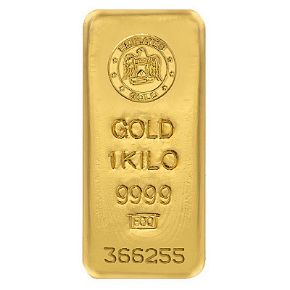
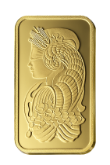



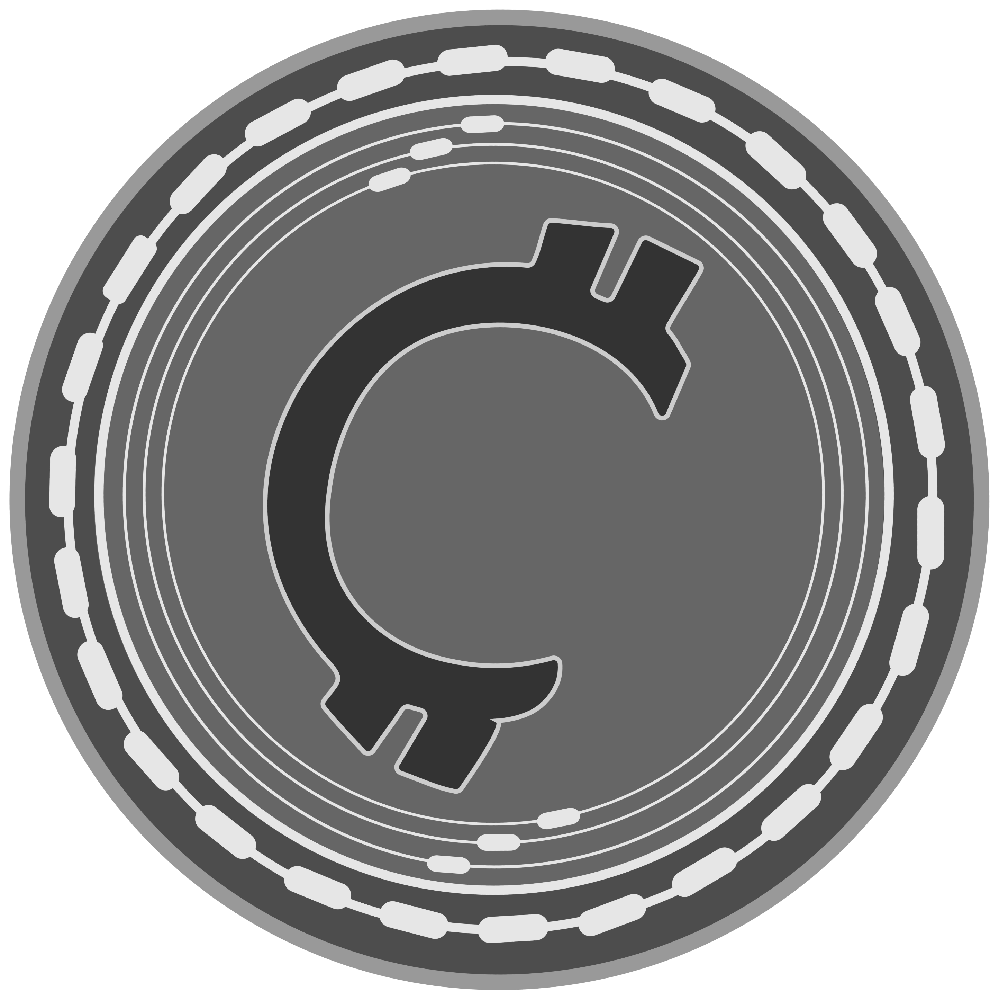

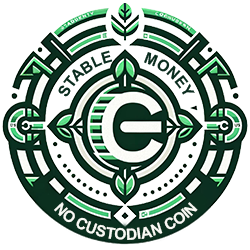

.png)

